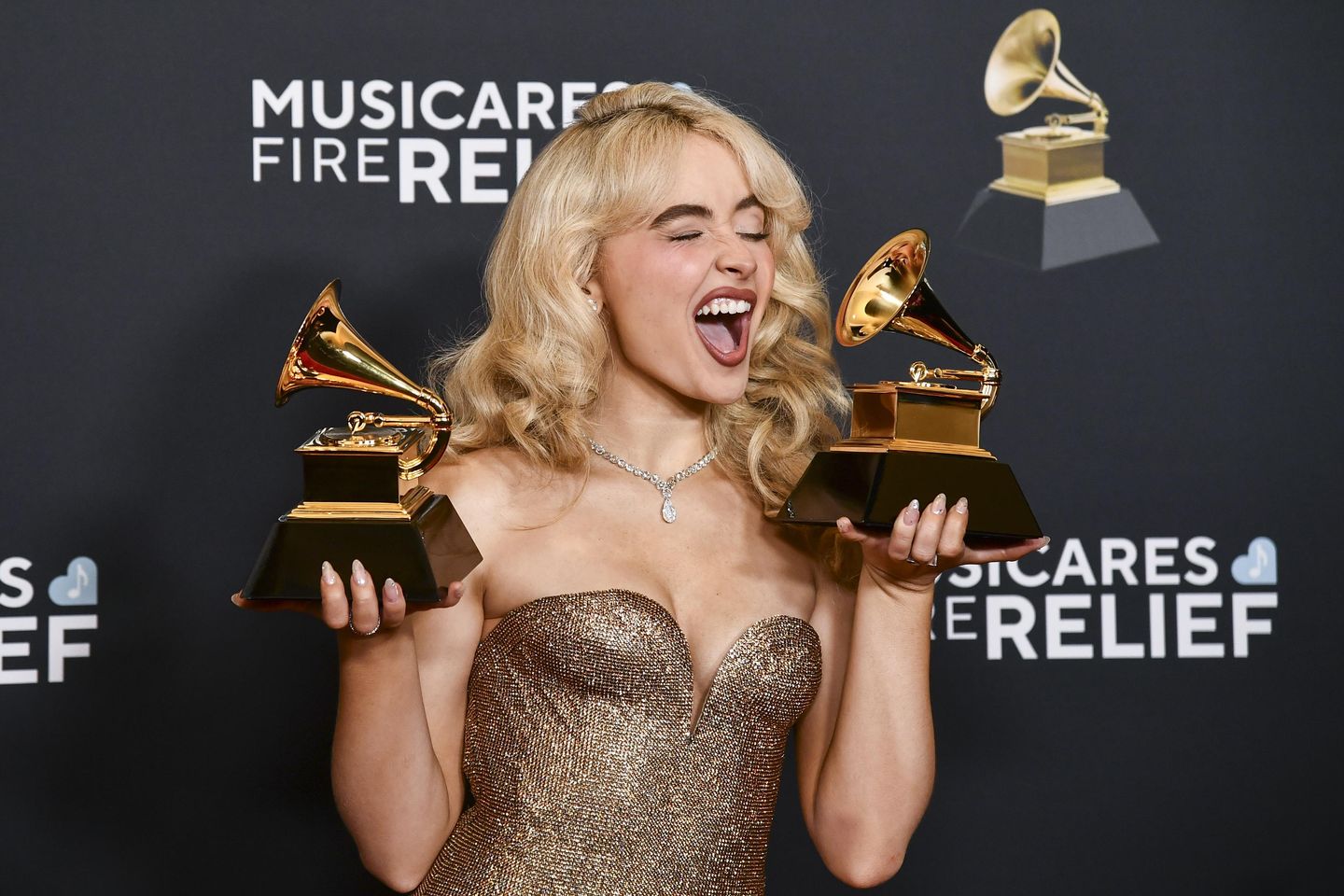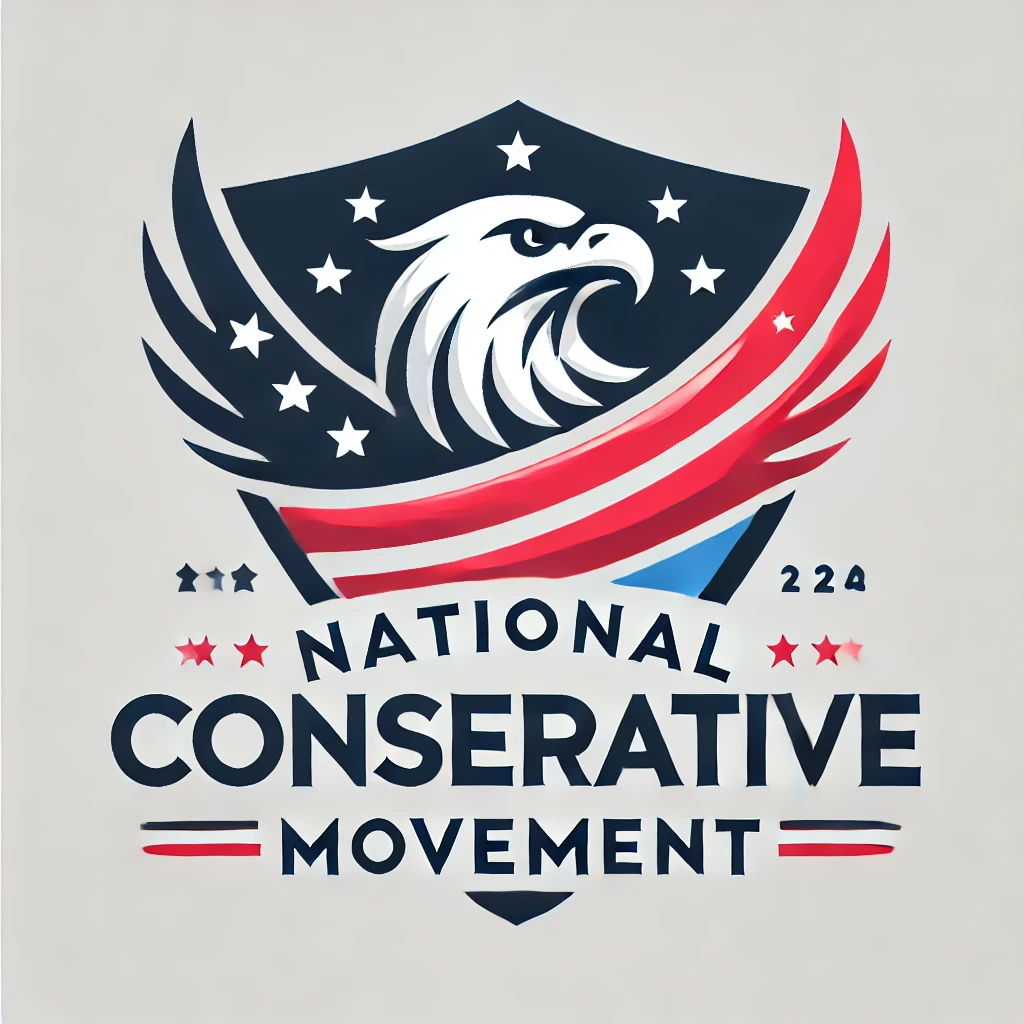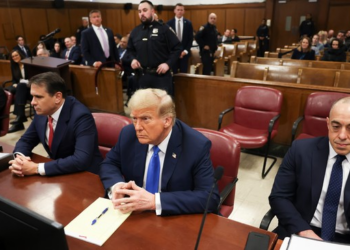
Songs in 2025 are getting shorter as artists tailor their tracks to fit the algorithms of TikTok and Spotify, where quick hooks and replay-friendly formats drive plays and chart success.
Sabrina Carpenter’s “Taste” clocks in at 2:37. “Boy’s a Liar Pt. 2” by PinkPantheress and Ice Spice barely passes the two-minute mark at 2:11. Benson Boone’s “Beautiful Things” is a sharp three minutes. And it’s not unusual — it’s fast becoming the new pop standard.
“Artists, especially new young artists, are simply just creating hooks and trying to circulate those on TikTok,” professor Andrew Mall, who studies music and media at Northeastern University, told The Washington Times. “And if that moment seems to be grabbing people, producers just say: ’Let’s flesh out the whole piece, in that case.’ That’s what’s getting popular.”
A 2020 report by Samsung went so far as to project that, by 2030, the average hit song may be roughly two minutes long — half the length of a hit from the 1990s.
The shift toward brevity is driven largely by two main platforms, experts say: TikTok and Spotify. On TikTok, a 10-second snippet can launch a song into the charts. On Spotify, payouts are tied to listeners making it past the 30-second mark — a metric that shapes how songs are built.
“Spotify only pays royalties if a listener sticks with a song past 30 seconds,” Mr. Mall said. “Producers and songwriters … are strategizing around that. By putting the hooks at front, by making it really engaging musically.”
SEE ALSO: The shrinking pop song: How TikTok, Spotify and streaming are reshaping music
This pressure has compressed the pop song’s structure. Forget long intros and second bridges.
“Some songs even start with the chorus, because the chorus is the catchy part,” said Shlomo Dubnov, composer and music professor at the University of California in Los Angeles.
This model isn’t just influencing what gets heard: It’s influencing what gets made. According to TikTok’s 2024 Music Impact Report, 84% of the songs on Billboard’s Global 200 gained traction on TikTok before hitting the charts. The industry has taken notice.
“TikTok has had a substantial impact on the way that musicians write songs,” Charlie Harding, co-host of “Switched On Pop” podcast, told Vice. “The platform is one of the most significant forces for discovering and amplifying music both new and old.”
To succeed, a song needs to hook listeners immediately and keep them engaged — but not for too long. Artists who might have once written three- or four-minute tracks are now aiming for the 2:30 sweet spot.
Even music’s biggest names are playing the short game. Taylor Swift’s 2010 tracks averaged nearly five minutes, according to The Washington Post; by 2019, they’d slimmed down to just over three and a half minutes.
Ms. Swift knows that listeners don’t wait around. On Spotify, a quarter of songs get skipped within five seconds, and a third don’t make it past thirty, The Guardian reports.
To survive, artists now lead with the hook and ditch the slow build. One study found that average intros have shrunk from over 20 seconds in the 1980s to just five seconds today, according to The Lantern.
The result is a flood of short, hook-heavy tracks designed more for virality than for musical exploration. And audiences are adjusting, often skipping to the next track if the first few bars don’t deliver.
“If you don’t have the attention span to listen to the whole song … just play the few opening bars, and that’s the catchy part,” Mr. Dubnov said. “Who cares about the rest?”
The shift isn’t purely cultural — it’s technical. Streaming platforms use predictive algorithms that reward songs that match listener behavior. Short songs get played more, repeated more, and recommended more. That in turn encourages artists to keep trimming.
“It also allows us to build powerful predictive models [genre, mood, etc.],” said Dorien Herremans, music researcher and professor at Singapore University of Technology and Design. “This predicted metadata and the similarity metrics between songs can then be used in an analytics system to predict the kind of content that users like, as well as finding similar music for recommendation.”
Put simply: short songs fit the system better. They perform better, and they make more money. More people can create them, too.
“With TikTok and with AI tools, and with the idea that everyone can compose music and share music, it’s almost like … the consumer becomes the producer,” Mr. Dubnov said.
But that accessibility comes with trade-offs. Songs are shorter, simpler and often disappear into algorithm-crafted playlists rather than stand apart.
“What’s important, I think, is that the people making the decisions in the larger music industry — corporations and conglomerates — understand that there are many, many ways to find audiences,” Mr. Mall said. “Unfortunately, as it is now, that’s not really the case.”












